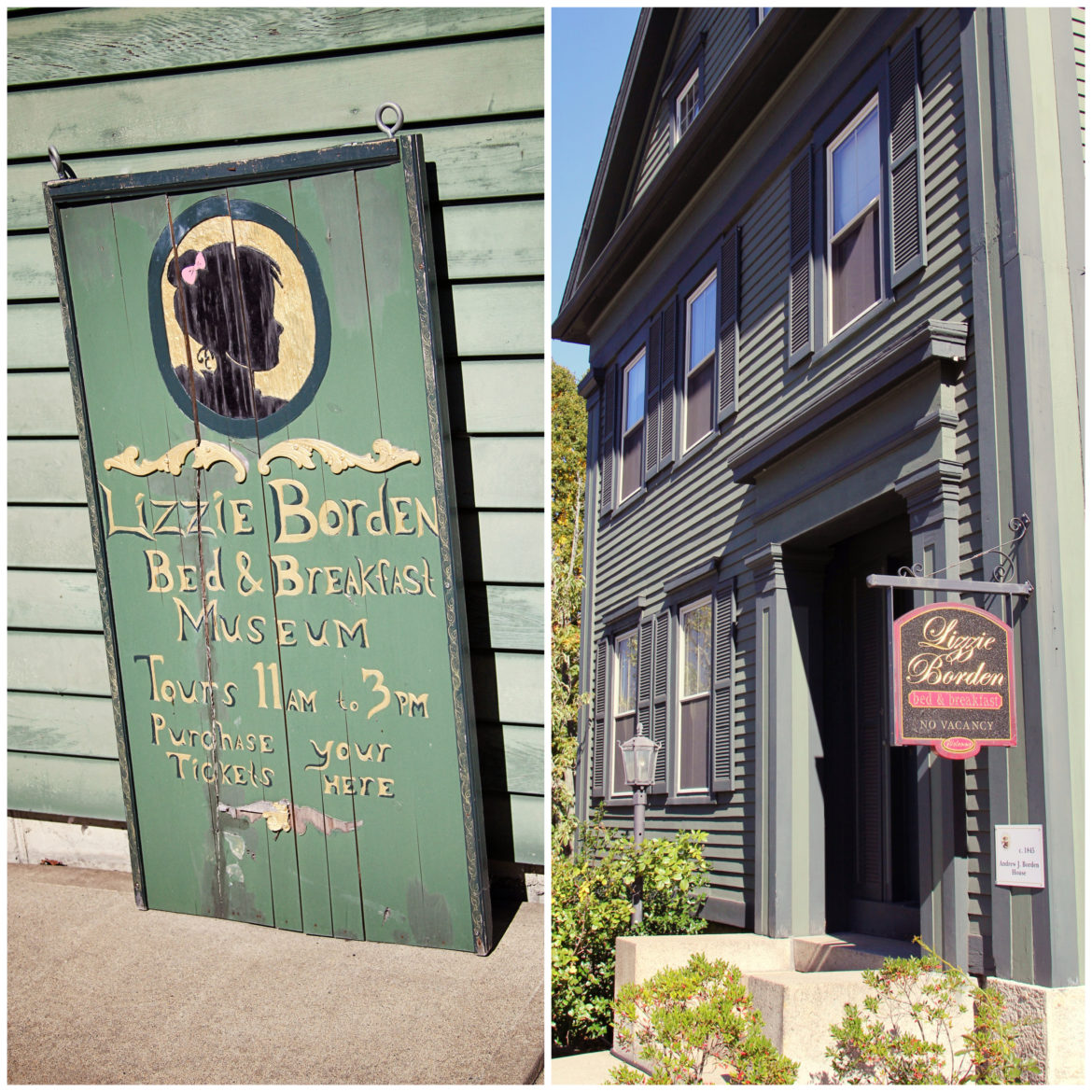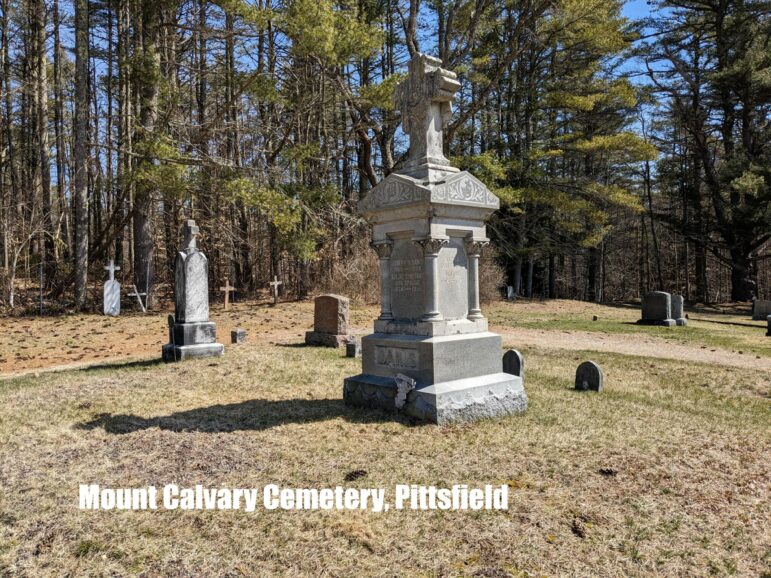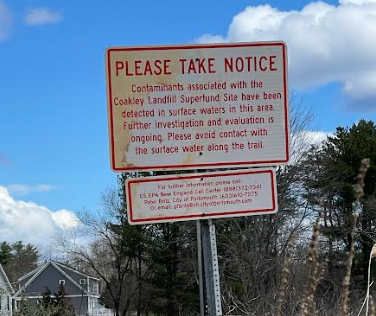By Mark Okrant
NH Travel Guru
Leisure travelers come in many shapes and sizes.
They exhibit an almost unlimited range of interests. One of the more fascinating pursuits, branded Dark Tourism, has been with us for centuries. A leading scholar in this sub-field of tourism investigation is Philip Stone, executive director of the Institute for Dark Tourism Research, at the University of Central Lancaster (UK).

Mark Okrant
In discussing dark, or thana, tourism, Dr. Stone tells us that it is not at all abnormal for ordinary people to be curious about sites of death, disasters, or atrocities. As testimony to its popularity, dark tourism engenders millions of visits each year.
Practitioners of this type of tourism predate the beginning of recorded history. In ancient times, family members, friends, and complete strangers traveled on foot or beasts of burden to witness the carrying out of death sentences.
This practice may or may not owe its origin to the ghoulish Roman practice of crucifixion; however, we know that there was nothing quite as exciting as attending a proper hanging in the days of the Old West.
There are numerous other types of dark tourism. Many thousands of people travel to see sites where individuals or groups of people died within recent memory. Beginning in 1816, this phenomenon made Waterloo, Belgium a popular destination, as Europeans flocked to see the battleground where Napoleon Bonaparte met his . . . er, Waterloo. Closer to home, Salem Massachusetts is such a destination.
Another version of dark tourism is practiced by people who visit memorials to the fallen. The battleship Arizona remains one of the most popular of these attractions. Remarkably, in recent years, visits to Auschwitz have exceeded one million annually; and, a majority of the curious are not descendants of the victims.
In what may be the most colossal example of insensitivity in recent history, after visitors to the Jewish death camps were met with an extraordinary heat wave, administrators responded by installing sprinklers inside buildings. Clearly, the symbolism of their well-intended, but misguided, act was lost on those site managers.
Another form of visiting memorials is practiced by people who “collect” visits to famous peoples’ graves. Many of you dear readers may have practiced this. Have you been to Franklin Pierce’s grave? to brave Christa McAuliffe’s final resting place? Perhaps your taste runs to movie stars’ memorials in Forest Lawn.
Many dark travelers prefer detailed explanations of what transpired at these sites. These people visit venues such as the Holocaust Museum in Washington, DC. Still, others prefer to see re-enactments of death, which explains the popularity of the Passion Play, performed every ten years by the residents of Oberammergau, Germany, to approximately one-half million attendees.
Motivations for visiting these dark sites are many and varied. Some arrive with the sole intention of paying their respects to the deceased. For others, it is a matter of intrigue or fascination. History buffs can’t resist a good battleground or graveyard. Dr. Stone tells us that many people use dark sites as a way of testing themselves: what would I do under similar circumstances?
For still others, these spaces engender a type of catharsis, or a releasing of long pent-up emotions. Then, of course, there are those who stand in front of the gruesome setting, take a ‘selfie’, then post it on Facebook.
Dark tourism can provide important lessons to visitors. Some sites provide graphic examples about bigotry; others teach us about bravery under fire.
How do you readers feel about dark tourism? Ask yourself what you think about the following issues:
is it correct to allow voyeurs to mix with mourners?
should communities be allowed to use misfortune as the centerpiece for growing their tourism brand?
who is best suited to write the histories associated with these places . . . can these be used to propagate misinformation?
finally, what about site management . . . how does one weigh respect for the dead vs. the impact of visitors vs. the rights of locals?
After forty years as an educator, researcher, and consultant, Mark Okrant joins IndepthNH.org to offer concise, informative insight into New Hampshire’s travel and tourism industry as a business, while showcasing the people and places you want to know. This guy’s really been around. And, he’s funny, too.
For more about Mark’s compelling tourism-based murder mystery series, visit www.markokrant.com.
For information on current things to do in New Hampshire, go to:
http://www.visitnh.gov/what-to-do/event-calendar.aspx
He’s Killing Them Off In Resorts Again In ‘Death By Lobster’





